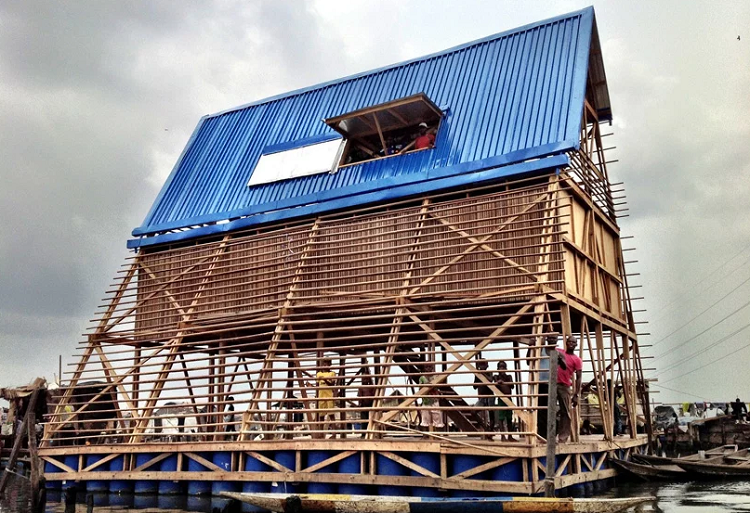
Makoko Floating School | All You Need to Know
- Posted by Ikenna N.
- On April 19, 2025
- 0 Comments
Have you heard about the Makoko floating school? Sit tight and read about this one-time great work of art for the Nigerian dwellers of the Makoko community.
First off, what do you know about the Makoko community?
Table of Contents
Makoko Community
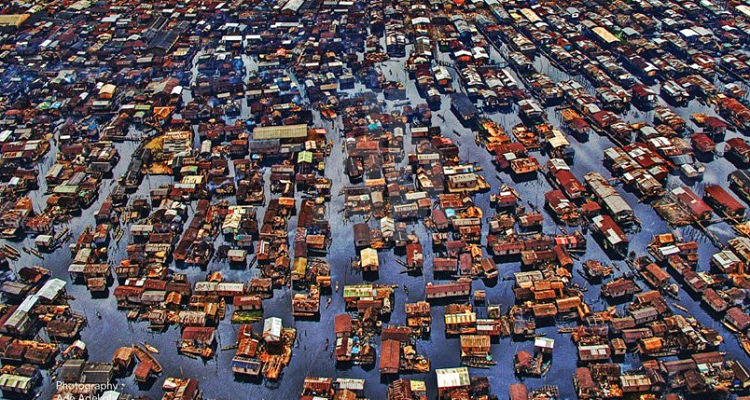
Aerial view of the waterfront community in Lagos. Image © NLÉ architects
This is a neighbourhood overlooking the famous 3rd mainland bridge, on the coast of the Lagos mainland. Sometimes also referred to as the Venice of Africa (with a very contrasting lifestyle from the Italians), one-third of the community sits on stilts along the lagoon. The rest of the community sits on land. This community is about 85,000 strong in terms of population strength (2012 census). However, that number seems to have almost doubled over the years as the community seems larger in population.
Main Occupation
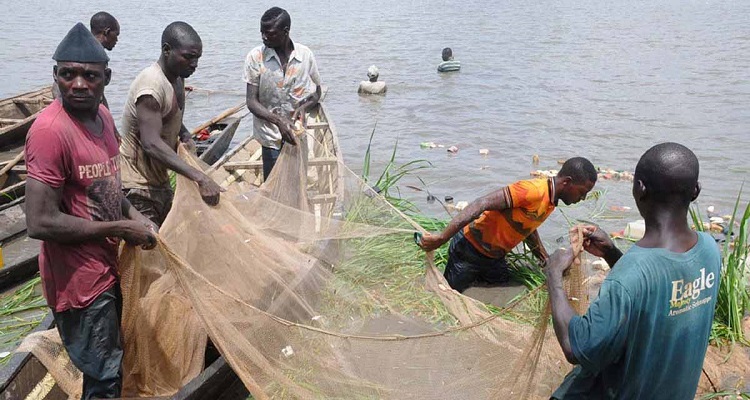
Major Occupation in Makoko Community.
The waterfront as a significant part of the community sees the Egun people as the major settlers of this region. They migrated from Badagry and the Republic of Benin to settle here. Fishing is the major occupation in this region.
The most popular highlight of the Makoko community in recent years is the makoko floating school. Read all the interesting details about the makoko floating school below.
Makoko Floating School
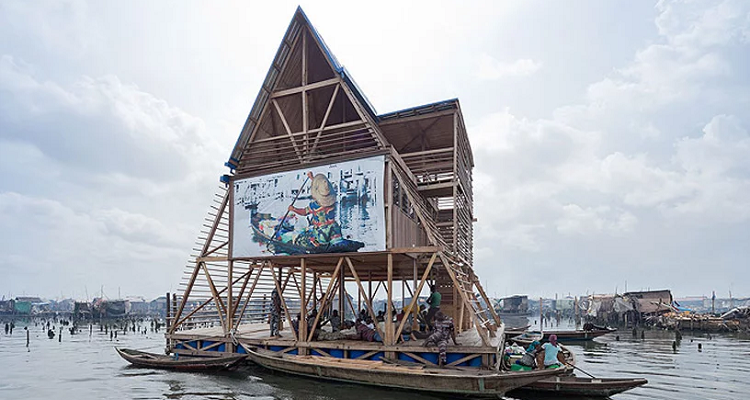
Timber structure on the Lagos, Nigeria waterfront. image © iwan baan | main image © NLÉ architects
The Makoko floating school concept arose with the need to address the community’s social and physical needs. The waterfront community also needed a facial and innovative lift, hence the birth of the MFS.
Construction Date – The construction took almost a year, starting in September 2012 and ending in May 2013.
Design Aim – The design aim was to generate sustainable, ecological, alternative building systems and also urban water cultures for the teeming population of Africa’s coastal regions.
Design Team – The design team of the Makoko floating school comprises Kunlé Adeyemi, Farooq Adenugba, Lisa Anderson, Thijs Bouman, Leslie Ebony, Marije Nederveen, Segun Omodele. Others are Adekunle Olusola, Chryso Onisiforou, Martin Oreoluwa, Berend Strijland & Monica Velasco.
Collaborators – The following firms are involved in the consultation and construction of the MFS. Blok Kats van Veen Architects, Dykstra – Naval Architects, Thieu Besselink, Roel Bosch, Urhahn + Borra, Jaap Dijks. Others are Pieters Bouwtechniek, Ikeyi & Arifayan, Solarmate Engineering Ltd., Renderings Tim van Bentum.
Design Specifications – The MFS is a 10-meter high pyramid-shaped building, which rests on a 10m² base, buoyed by 250 plastic barrels. The A-shape design is also ideal for a floating object on water due to its relatively low centre of gravity and also provides stability and balance even during gale-force winds. The building has three levels :
The first level is an open play area for school breaks and assembly. This area also serves as a community space after school hours. The second level is an enclosed space for two to four classrooms, providing enough space for 60 to 100 pupils. A staircase on the side connects the open play area, the classrooms, and the semi-enclosed workshop space on the third level.
Makoko Floating School Collapse
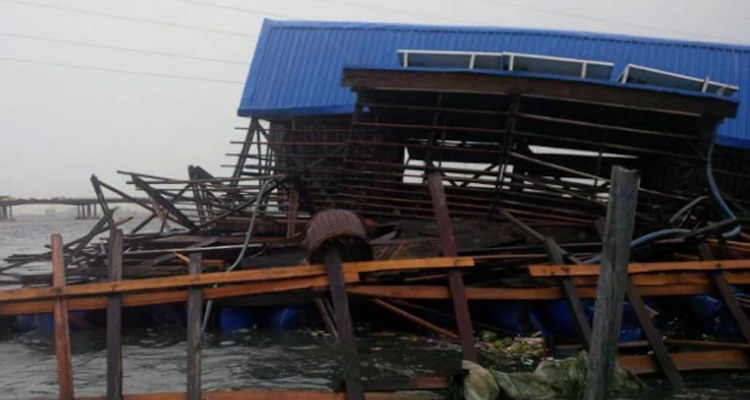
Remains of Makoko Floating School after its collapse.
Due to deterioration resulting from a lack of proper maintenance and collective management, the Makoko floating school collapsed. This comes three (3) years after its construction. Therefore, it is safe to say the MFS was short-lived. A chain link on one of the anchors broke during a heavy wind session and rainfall, sometime in March 2016. The chain link wasn’t replaced, hence the floating structure drifted during another strong wind.
This resulted in the collision with several structures and logs of wood, therefore resulting in damage to the floating base and parts of the upper frame. The damaged structure was shored up with a timber perimeter barrier, certainly in preparation for repairs or disassembly. However, the prolonged delay in effecting the needed repairs resulted in the MFS collapsing completely. This also brought its reign to an end.
Redesign and MFS II

Kunlé Adeyemi and NLÉ, Makoko Floating School. Courtesy of Karen Wong
In 2016, a second iteration of the Makoko Floating School, called the Makoko Floating School II (MFS II), has been unveiled at the Venice Architectural Biennale. This updated version was designed to be a prefabricated, rapid-assembly version of the original. It was awarded the Silver Lion prize, recognized as a “powerful demonstration, be it in Lagos in Venice, that architecture, at once iconic and pragmatic, can amplify the importance of education”.
A third iteration of the Makoko Floating School, MFS III, has been displayed in 2018. Also located in Bruges, Belgium, MFS III aims to redesign the floating school to be more structurally sound, also claiming a 25-year life span.
Do you need more details as regards questions and answers on the MFS 1, also click HERE.


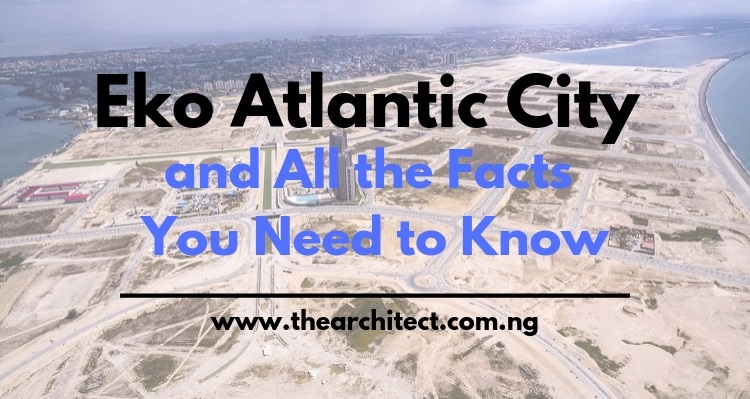


0 Comments